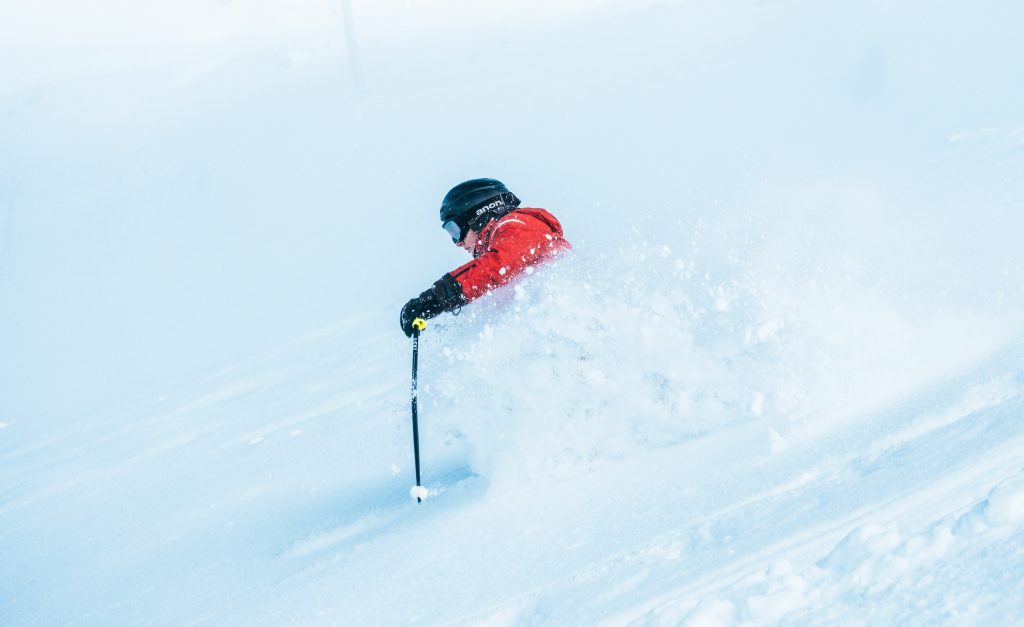In the not-so-distant past, skiers braved the slopes with nothing more than a cozy beanie atop their heads. However, the ski scene has undergone a transformative shift, and today, the majority of heads on the slopes are adorned with helmets. This prompts the question of whether wearing ski helmets is mandatory.
Contrary to widespread belief, ski helmets are not obligatory in most cases, except for specific instances in non-competitive settings. Typically, this requirement is enforced more rigorously for children than for adults. Certain regions, such as New Jersey, Italy, and parts of Austria, mandate children to wear ski helmets.
Interestingly, some areas also impose helmet requirements on adult skiers and snowboarders. Notable examples include the entire province of Nova Scotia and employees of Vail Resorts. To gain a deeper understanding of the current state of ski helmets, their mandatory status, and the challenges faced, let’s delve into the intricacies.
The Contemporary Landscape of Ski Helmets
Ski helmets have experienced a surge in popularity in recent years, driven by several factors. Technological advancements have yielded lighter and more comfortable helmets that offer enhanced head protection in the event of a fall. Heightened safety consciousness, coupled with high-profile incidents involving celebrities like Michael Kennedy and Sonny Bono, has underscored the critical importance of helmet use.
The rise of extreme snow sports and the prominence of athletes like Lindsey Vonn, Bode Miller, and Shaun White, who proudly don helmets, have further contributed to the acceptance and significance of wearing helmets, especially among younger generations.
The Pervasiveness of Helmet Use
While not every skier and rider opts for a helmet, a substantial majority do. The National Ski Areas Association (NSAA) estimated that a remarkable 90% of skiers and riders wore helmets during the 2021/22 season. This marks a significant shift from the 25% recorded in the 2002/03 season, illustrating a 65% growth in helmet adoption within two decades.
Quantifying the Numbers
In the 2020/21 season, out of approximately 10.5 million active US skiers and snowboarders, an impressive 9.1 million chose to wear helmets. This reflects a nearly 4% increase compared to the 2018/19 season. While global figures are not readily available, it is reasonable to assume that worldwide helmet adoption mirrors the trends observed in the United States.
Protecting the Younger Generation
Child helmet usage has seen remarkable improvements. The NSAA reported that nearly 100% of children under 9 years old wore helmets while skiing or riding during the 2021/22 season. Furthermore, close to 95% of children aged 17 or younger embraced helmet use. Notably, two decades ago, only 63% of children under 9 wore helmets, showcasing a positive shift largely driven by individual choice rather than compulsory regulations.
Mandatory Helmet Usage: Legal and Resort Mandates
While voluntary helmet use is prevalent, some countries and ski resorts enforce mandatory helmet laws. Countries like Slovenia, Italy, and parts of Austria require those under 18 to wear helmets while skiing. In North America, Nova Scotia in Canada and New Jersey in the United States have implemented similar regulations for all age groups.
Violating compulsory helmet rules can result in fines, ranging from $25 for a first-time offense in New Jersey to nearly $1,000 for repeat offenses in South Tyrol, Italy.
Resorts such as Vail Resorts, operating 37 mountain resorts across three countries, mandate helmet use for minors. Vail Resorts, with its renowned locations like Vail Ski Resort and Whistler Blackcomb, plays a pivotal role in setting industry standards.
Challenges Ahead for Ski Helmet Advocacy
Despite the impressive growth in helmet adoption, challenges persist in convincing all skiers and snowboarders to embrace helmet use. Three key challenges stand out:
- Compulsory Legislation and Resort Rules: Efforts to pass legislation mandating ski helmets face resistance in some regions. The lack of a unified approach hampers the universal acceptance of helmet use.
- Campaigning to 18-34-year-olds: The NSAA’s successful “Lids on Kids” campaign has primarily targeted young children. Now, the focus is shifting to the 18-34 demographic, where approximately 86% report wearing helmets. However, targeted efforts are still needed, particularly among male skiers and riders.
- Wearing Ski and Snowboard Helmets Correctly: The emphasis has shifted from convincing people to wear helmets to ensuring they wear them correctly. Ill-fitting helmets can be as dangerous as not wearing one at all, necessitating educational initiatives to promote proper helmet use.
In Conclusion
Although wearing a ski helmet is not compulsory for adults, the overwhelming majority of skiers and snowboarders have embraced this essential safety gear. The industry faces challenges in promoting helmet use universally, from addressing legislative hurdles to ensuring correct usage. As the ski community navigates these challenges, one thing is clear: the ski helmet has evolved from a mere accessory to a symbol of responsible and stylish mountain sportsmanship.

